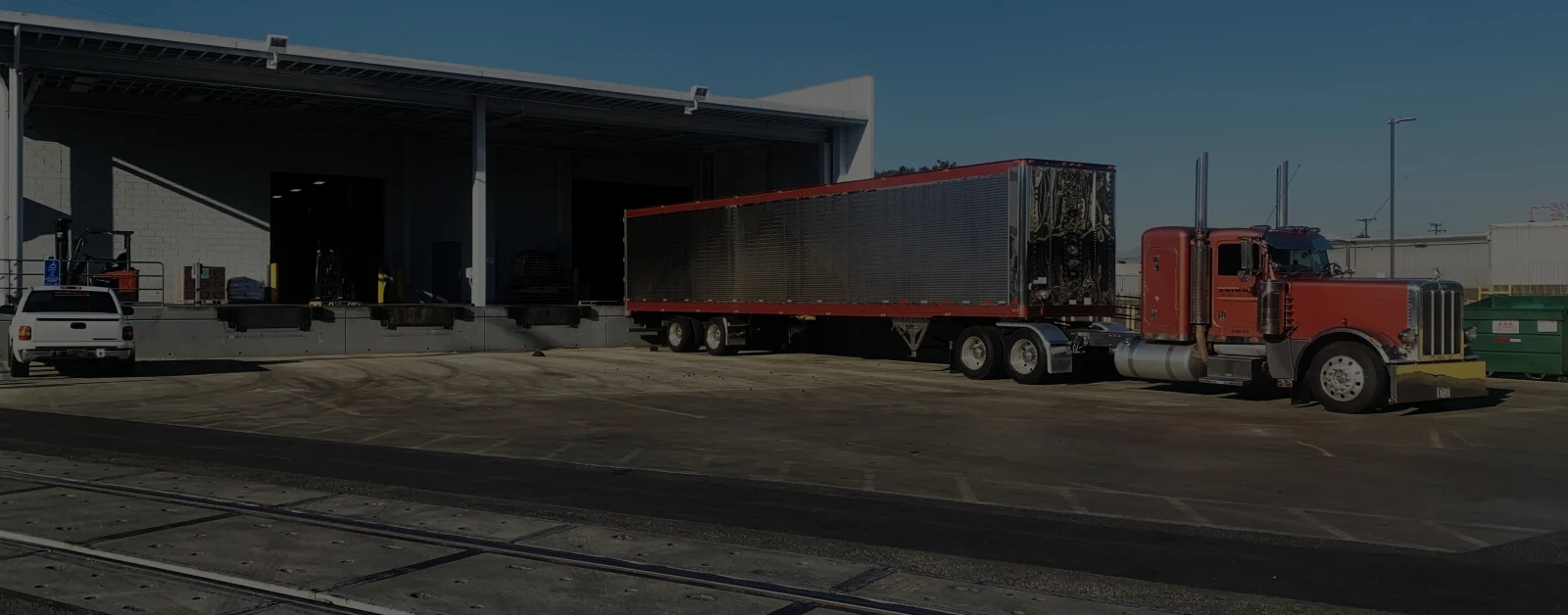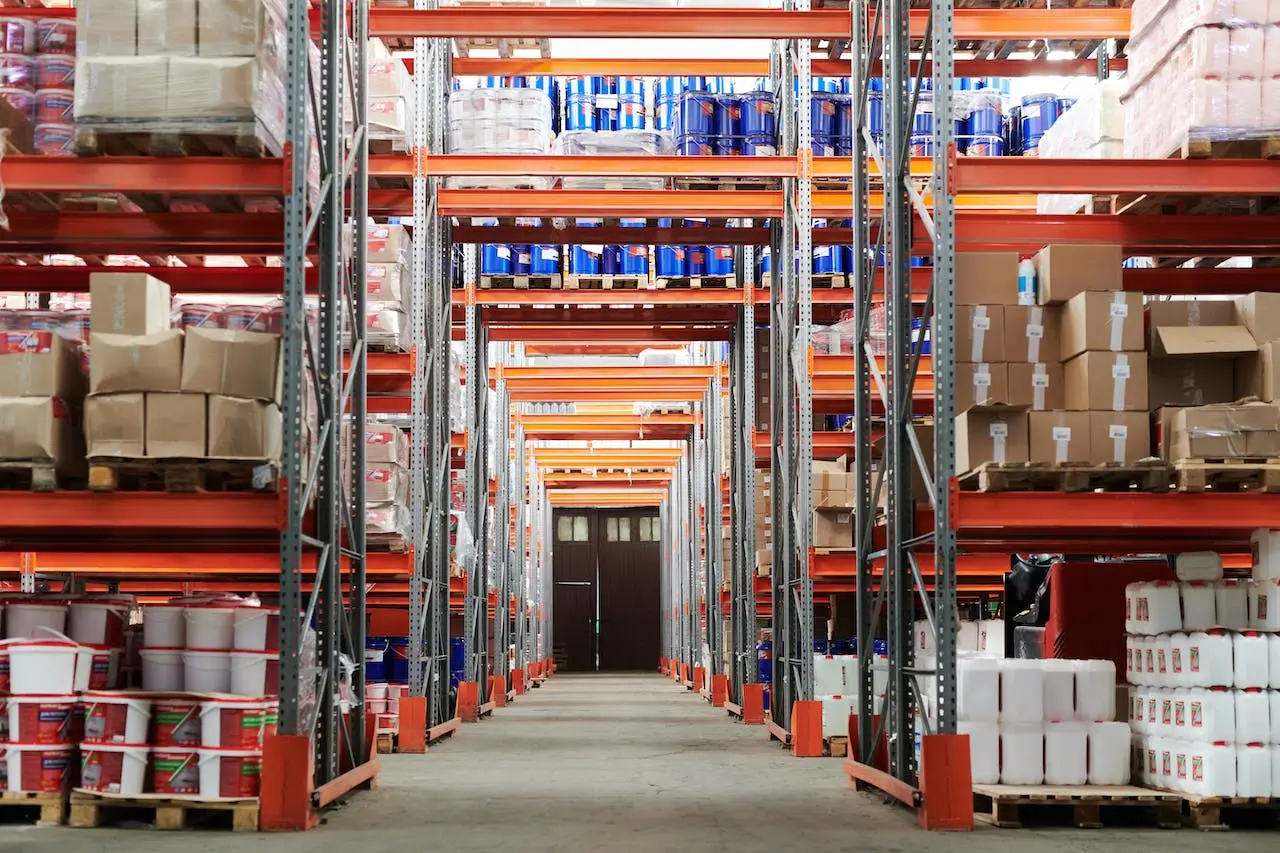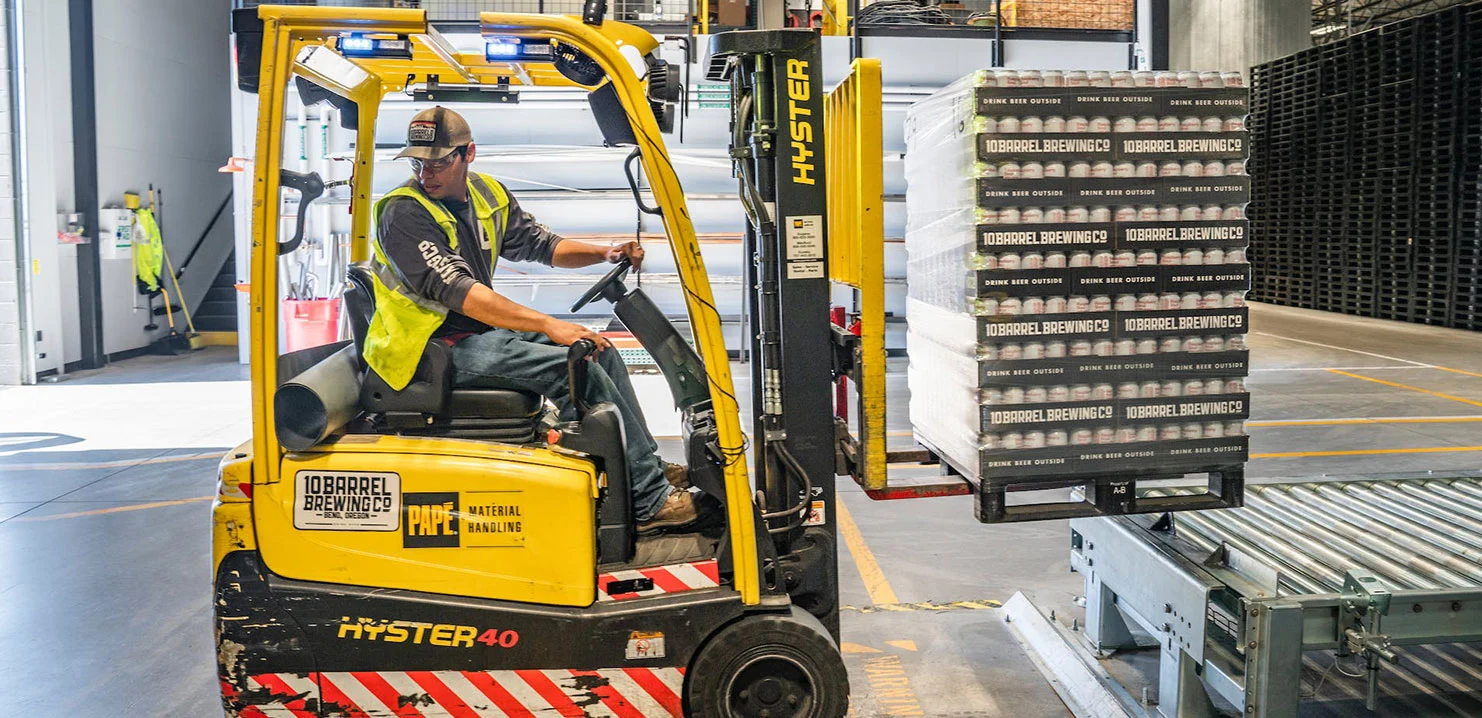Top 5 Factors for Successful Logistics Operations with Los Angeles 3PL Warehouses

Managing logistics in southern California isn’t for the faint of heart.
There are thousands of miles of roadways that span across the region, and, every day, millions of drivers take to these roads to make their daily commute. There are also railways headed in nearly every direction and dozens of ships arriving at the Ports of Los Angeles and Long Beach every day.
The good news is that you don’t have to go it alone. Partnering with a 3PL warehouse vendor can help you nail logistics operations in the region.
Here’s how.
1. They Strategically Locate Their Facilities Near the Ports and Major Roadways
After imported goods arrive at either one of the region’s ports, companies need to store them in a warehouse. But choosing the first warehouse you find on Google won’t suffice.
Warehouse operators in southern California need to strike a balance. They must locate their facilities near enough to the Ports of Los Angeles and Long Beach to minimize the amount of time it takes for trucks to pick up the items and drop them off, and to keep their logistics operations efficient.
At the same time, warehouses need to be located in a part of the region that is as close as equidistant to its major centers of commerce, including Los Angeles, San Diego, Long Beach, and Anaheim, as possible. Just as importantly, warehouses must be in close proximity to major highways and railways.
2. Their Employees Understand the Factors that Can Disrupt Logistics in the Region
There are countless sources of logistics operations disruption in southern California. It’s not a matter of if they will happen, but when.
Whether it’s a wildfire in one of the region’s forests, an earthquake, or just your everyday traffic jam, potential slowdowns are inevitable. Skilled 3PL providers can, however, minimize the frequency of delayed orders by having contingency plans in place. If, for example, the I-5 is shut down because of a car accident, the 3PL could prevent slowdowns in logistics operations by alerting drivers and redirecting them toward an alternative route used in the past.
Alternatively, 3PL partners can choose the optimal source of transportation. During periods when freight trains are offering low rates, for instance, they could choose to ship goods to their final destination via train rather than truck.
3. They Can Receive Imported Goods–and Then Quickly Get Them Back on the Road

During periods of high customer demand, items can move off of warehouse shelves quickly. This fast movement of goods can make logistics operations in southern California even trickier than usual.
Top 3PL warehouse companies are prepared for these periods of elevated activity. Through a process called cross-docking, items can be unloaded from an inbound truck and quickly loaded onto an outbound truck. With cross-docking, items are never removed from pallets. Instead, the pallets are transferred from one side of the facility to the other. Great operators can unload a truck and have items on their way in short order.
4. You Can Get Real-time Access to Your Company’s Inventory Levels
Nothing can complicate a company’s logistics operations more so than inaccurate inventory data.
Stockouts can lead to missed sales, while overstocking can inflate storage costs. Fortunately, modern technology has made it easy for companies to see how much inventory they have on hand at their 3PL partner’s warehouse facility. Inventory management software allows users to see how much inventory is stored in the facility, when their next delivery is expected to arrive, and more.
This type of transparency makes it simple for companies to coordinate with their contacts at the 3PL facility, and follow up with their suppliers if orders are delayed or incorrect.
5. They Are Responsive to the Needs of Their Clients
Companies are constantly changing. A once popular product could quickly fall out of favor with customers. Suppliers can change. Customer bases can expand.
No matter the change, 3PL providers need to be ready and willing to change alongside their clients. Whether it’s expanding the amount of storage space their client needs in a short amount of time or adjusting how pallets are stored in the facility, nimble operators have the personnel and systems in place to quickly adapt.
Inflexibility is one of the most significant factors behind inefficient logistics operations. The best 3PL warehouse providers understand this and are always willing to evolve.
Master Southern California Logistics with Cummins Logistics
Find out today why Cummins Logistics has been one of the most trusted names among 3PL providers for more than 40 years!












